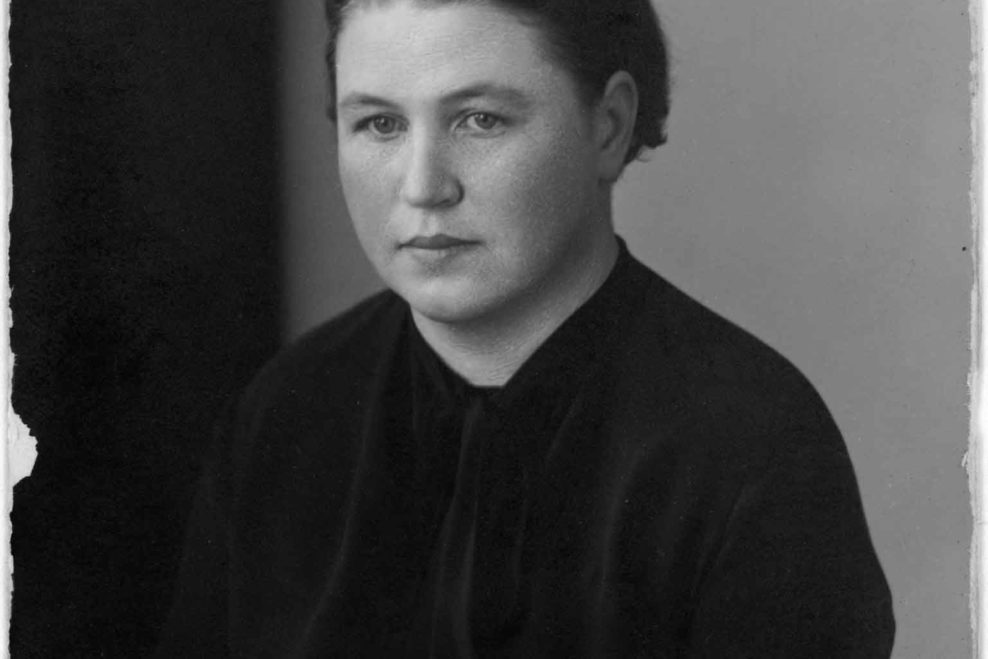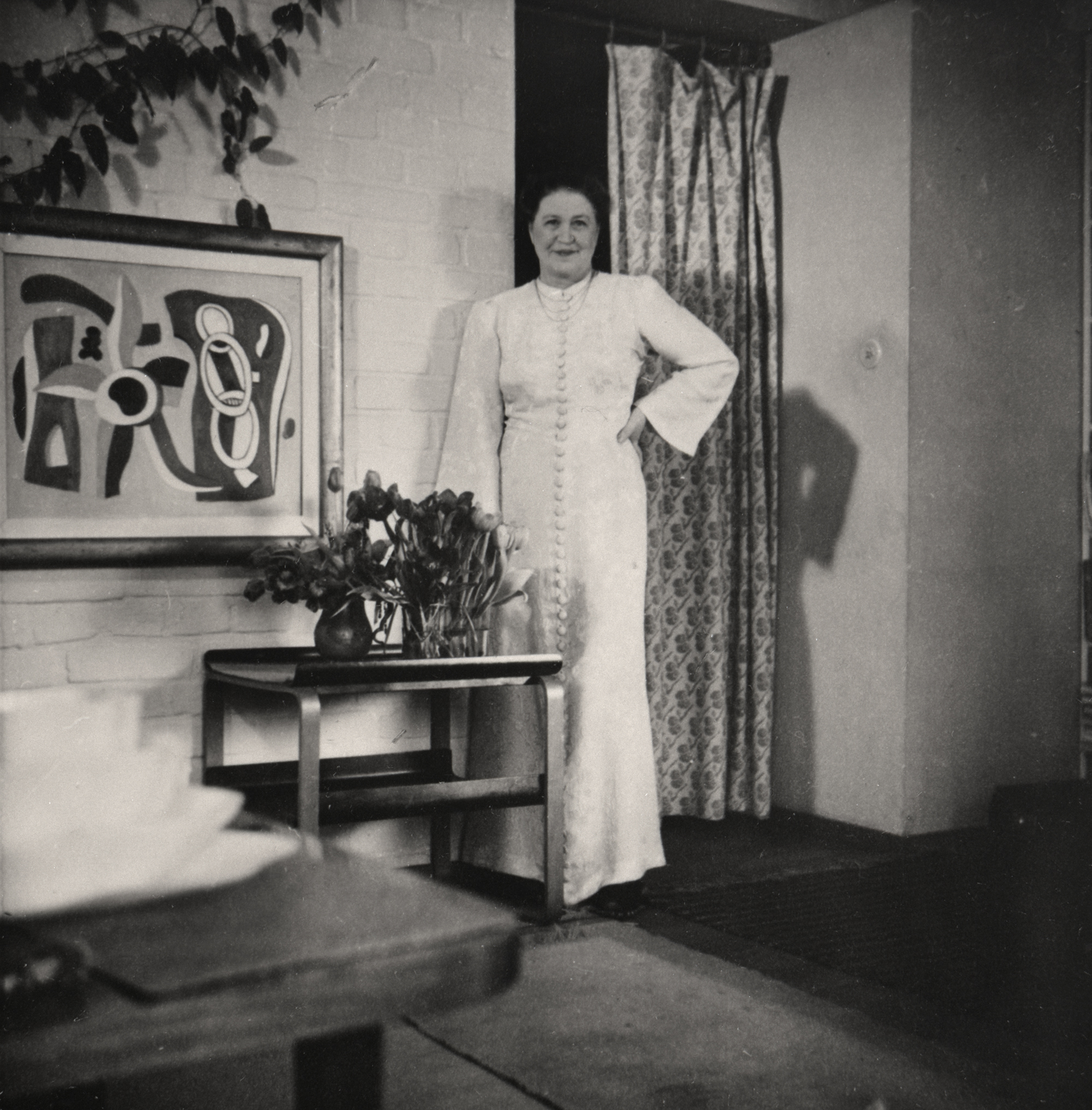
Page
Aino Aalto
Aino Marsio graduated as an architect in 1920. Aino Aalto worked alongside her husband Alvar as a designer of equal standing.
Read more
22. 4.
Monday
23. 4.
Tuesday
24. 4.
Wednesday
25. 4.
Thursday
26. 4.
Friday
27. 4.
Saturday
29. 4.
Monday
30. 4.
Tuesday
1. 5.
Wednesday
2. 5.
Thursday
3. 5.
Friday
4. 5.
Saturday
18. 5.
Saturday
20. 5.
Monday
21. 5.
Tuesday
22. 5.
Wednesday
23. 5.
Thursday
24. 5.
Friday
25. 5.
Saturday

Aino and Alvar Aalto were the top couple in Finnish architecture and design from the 1920s to ’40s. Their seamless collaboration produced numerous internationally acclaimed masterpieces
Aino Marsio, born Helsinki 25.1.1894, graduated as an architect from the Technological University of Finland in 1920. At that time, she was still one of few pioneers in a male-dominated field. She was a modern woman of her time, travelling abroad, taking photographs, and keeping up with trends in film and art. As a designer, Aino Marsio-Aalto worked closely with her husband, architect Alvar Aalto, from 1924 right up to the end of her life in 1949.
On 25.1.2024, we celebrate the 130th anniversary of the birth of architect Aino Aalto in her own characteristic way – through work and design. Aino Aalto will be prominent in many ways in the work of the Alvar Aalto Foundation and Aalto2 throughout 2024. At the start of the year, Aino Aalto’s collected photographs will be published on the open-access Finna Search Service. The Works section of the Foundation’s website will also be augmented during the year with selected sites from Aino Aalto’s career. Keep up with the latest news at: alvaraalto.fi.
The 1920s to ’40s saw the creation of many of the Aaltos’ joint, internationally acclaimed built projects, among them, Paimio Sanatorium (1929–33), the Aalto House (1936) in Helsinki, and Villa Mairea (1938–39) in Noormarkku. Other major sites included the Kauttua Ironworks area and Sunila pulp mill in the mid-1930s, and the Baker House student dormitory at MIT (1946–49) in Boston, USA. One of several interiors we could mention is Helsinki’s still well-preserved Savoy Restaurant (1937). In articles in Arkkitehti magazine, Alvar Aalto names Aino Aalto as his co-designer on various construction projects and exhibitions, the most famous being the New York World’s Fair in 1939.
Like her husband, Aino Aalto was a multi-talented architect and designer. She made an independent career for herself as Artistic Director, and later Managing Director, of Artek Oy (1935). With her refusal to make aesthetic compromises, she laid the foundation for the clean, modern line that Artek follows to this day. Producing and constructing social housing was close to Aino’s heart, as evidenced by Artek’s furniture and interior designs for daycare centres, maternity and child health clinics, and workers’ housing. She also added numerous lights, items of furniture, and textile designs to Artek’s range. Her output also included glassware and small objects – from wooden trays to cheese bells – designed for everyday use.
Artek’s ranges still feature lights and furniture designed by Aino Aalto. The range of objects still known as Iittala’s Aino Aalto glassware had its beginnings in the Karhula-Iittala Glass Design Competition in 1932, when her entry “Bölgeblick” won 2nd prize in the pressed glassware category. “Bölgeblick” also won a gold medal at the Milan Triennale in 1936. The couple’s glass-design collaboration culminated in the four-piece, stackable Aalto Flower made of blown glass, which was first shown at the New York World’s Fair in 1939.
Nowadays, you can experience Aino Aalto’s architecture and design at numerous Aalto sites. More about guided tours of the Aalto House here.
Info about visiting and staying overnight at Paimio Sanatorium: paimiosanatorium.com.
More about Aalto tourist destinations: visitalvaraalto.fi
Find out more about Aino Aalto’s life and work here.
Contacts
Communications manager
Mirkka Vidgrén
+358 40 168 5142
mirkka.vidgren@alvaraalto.fi